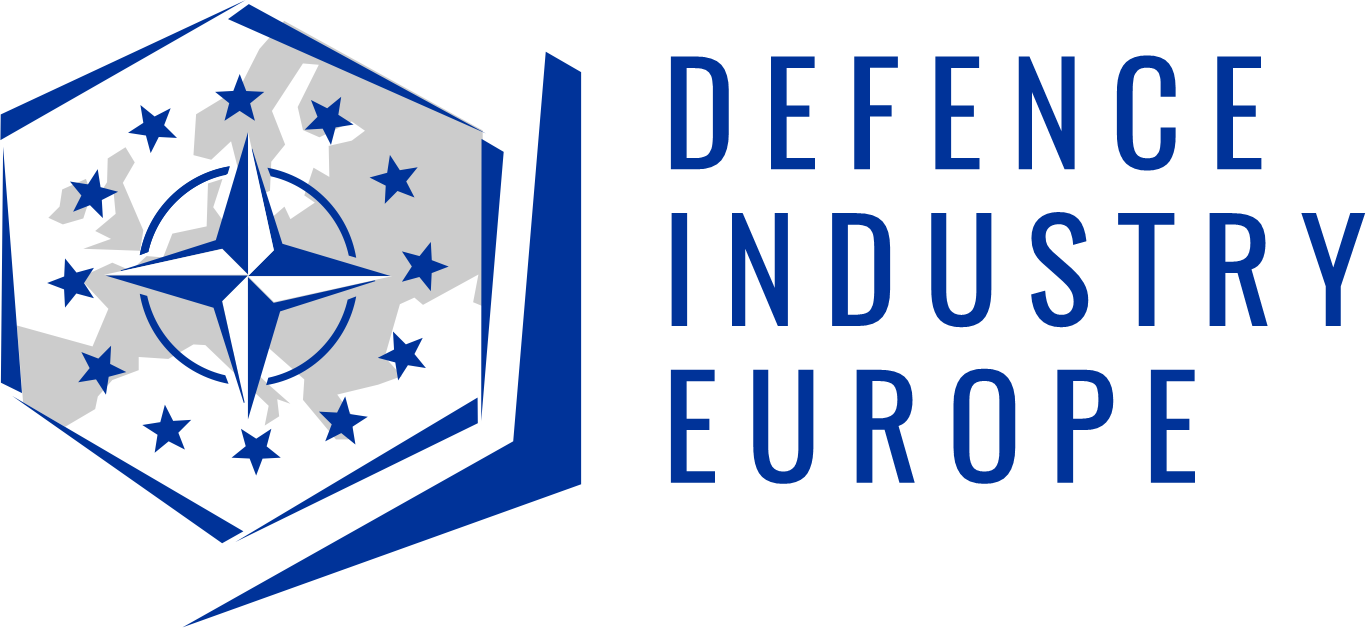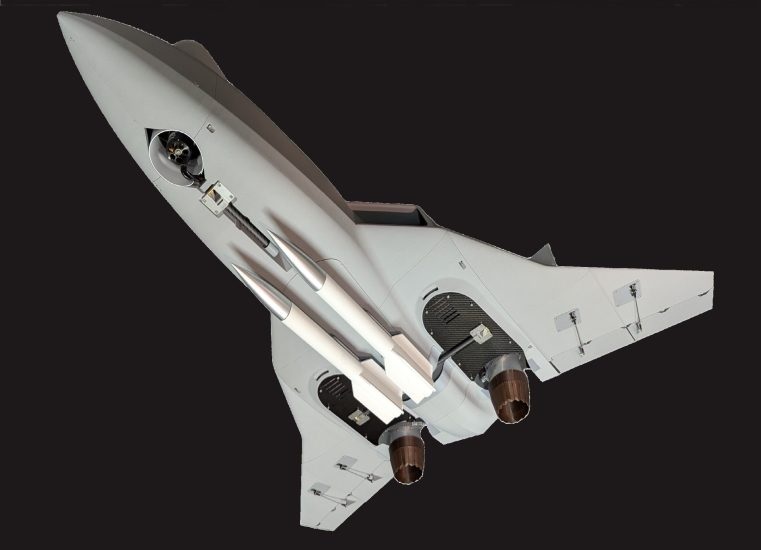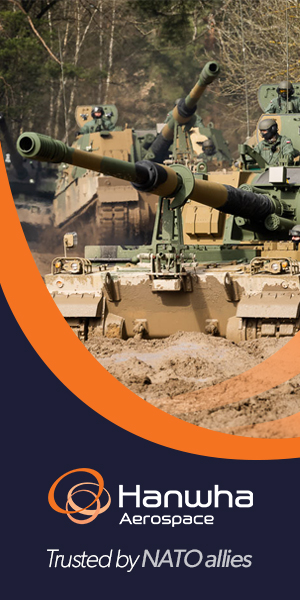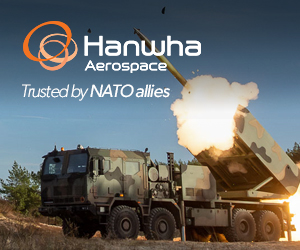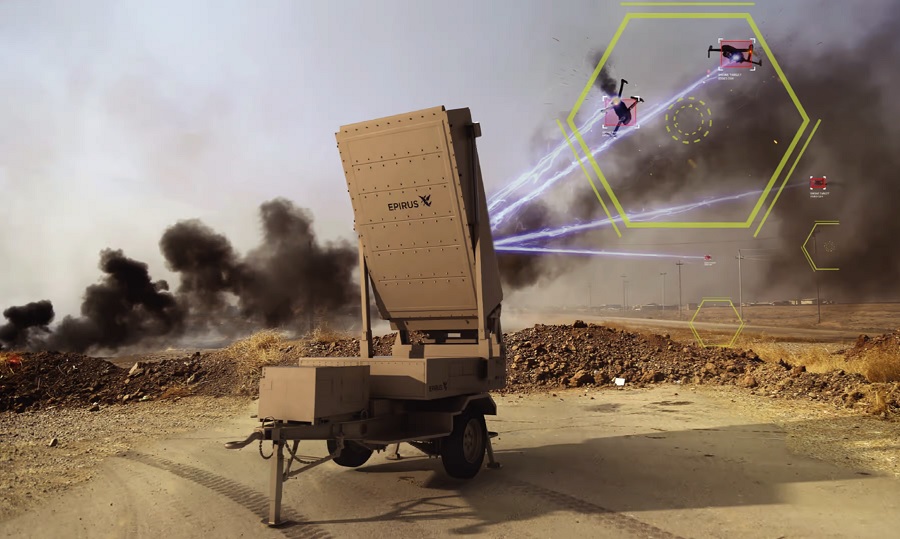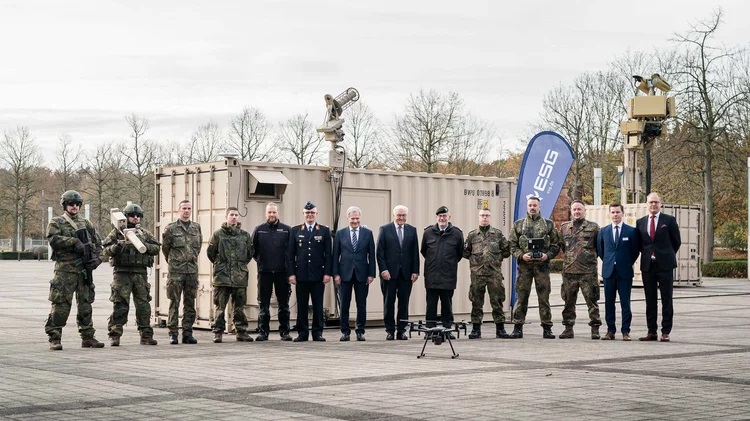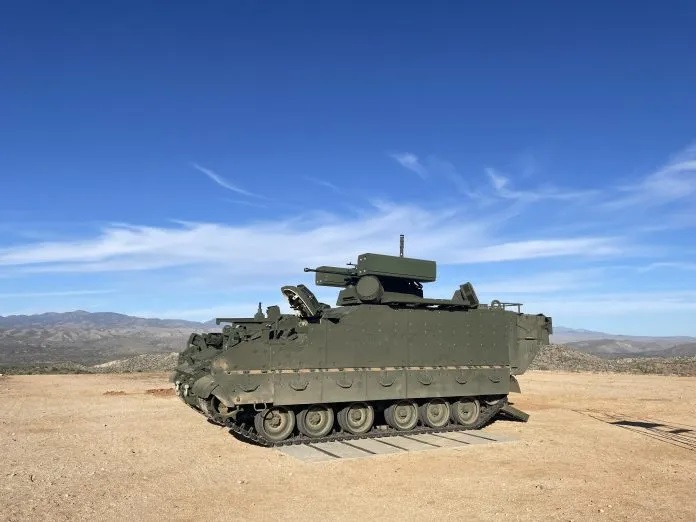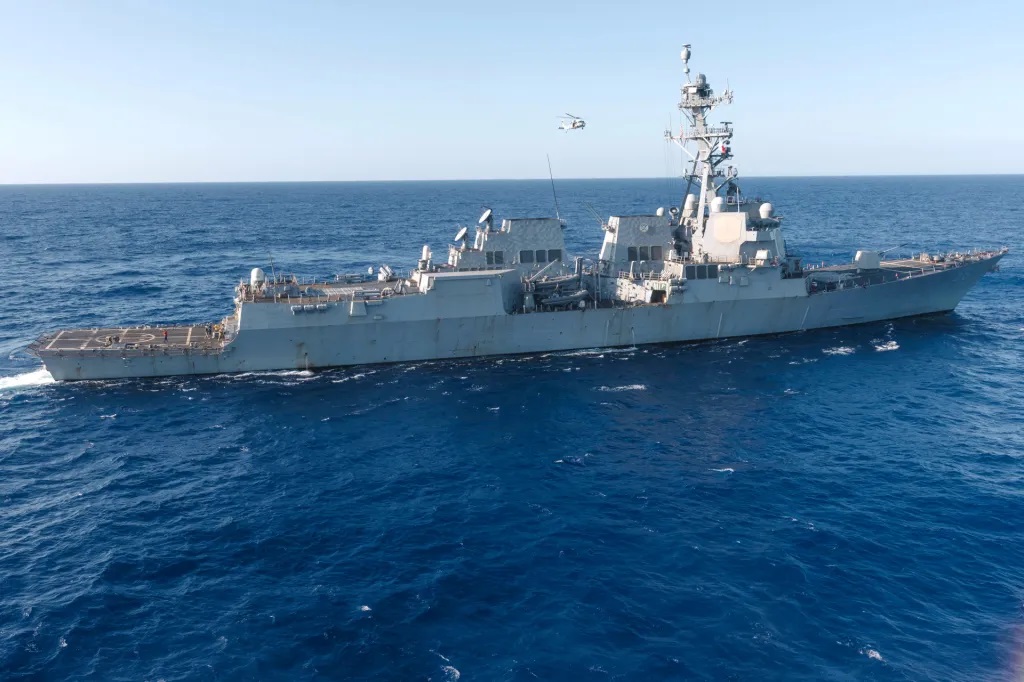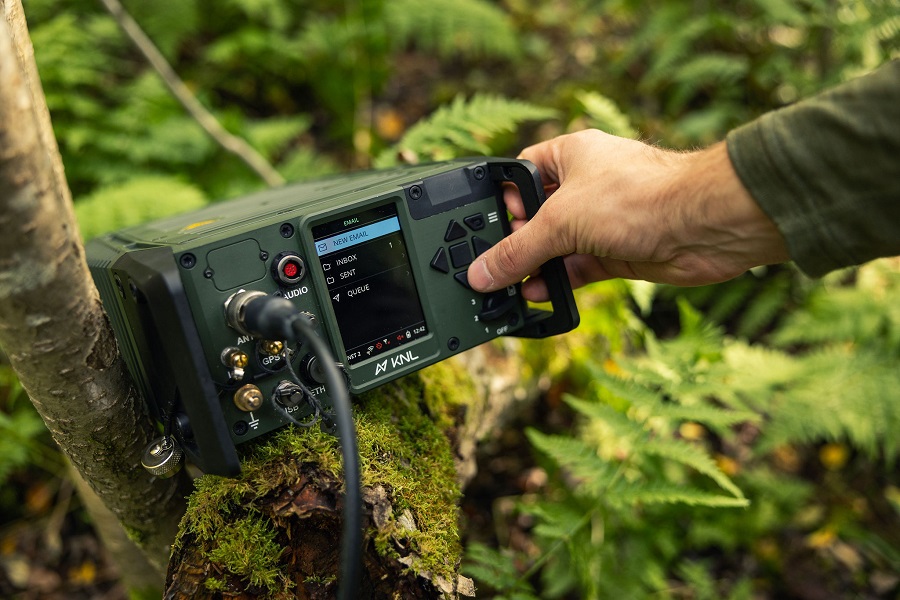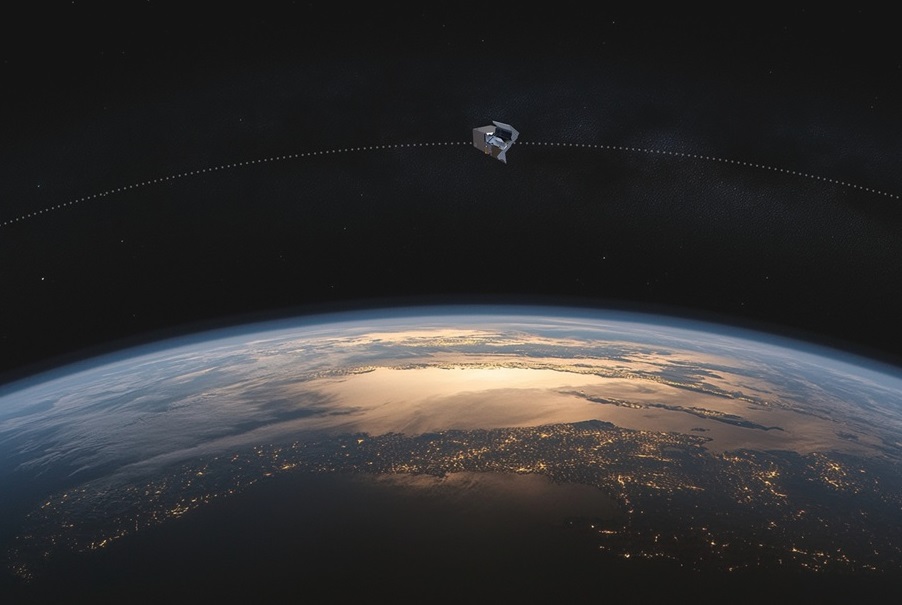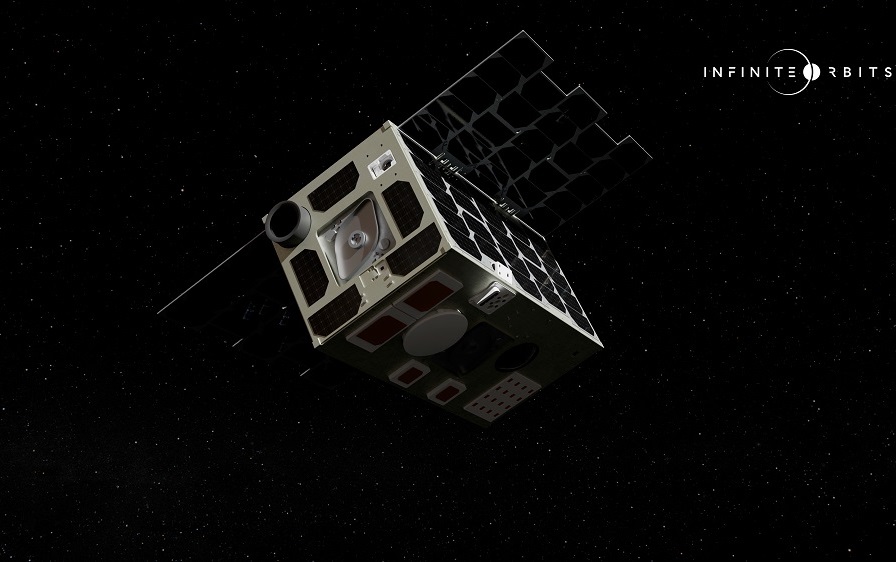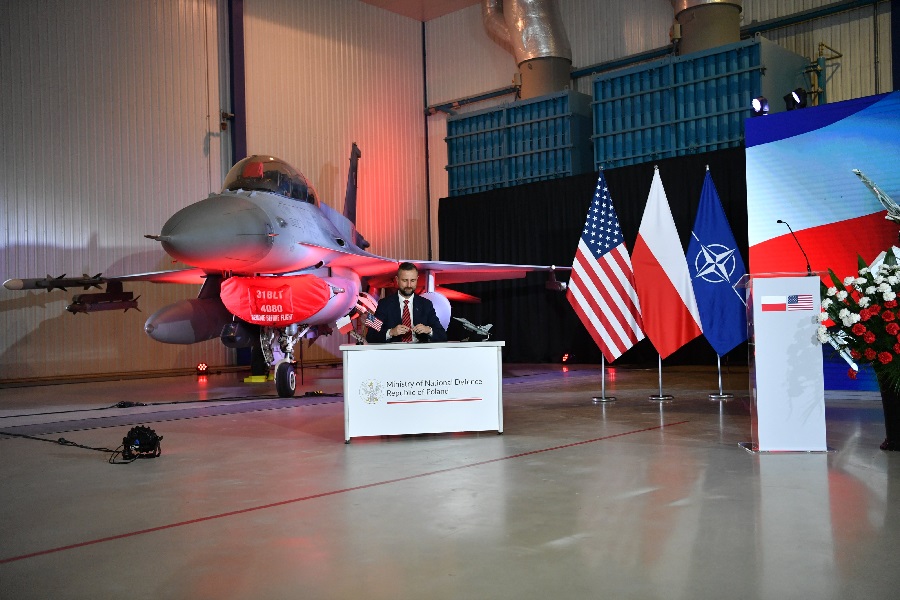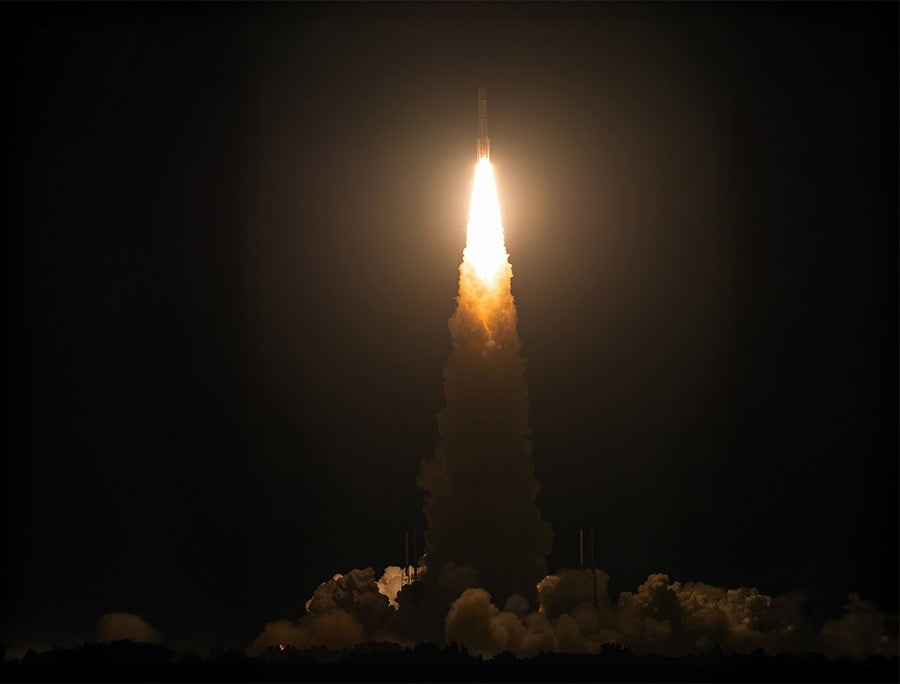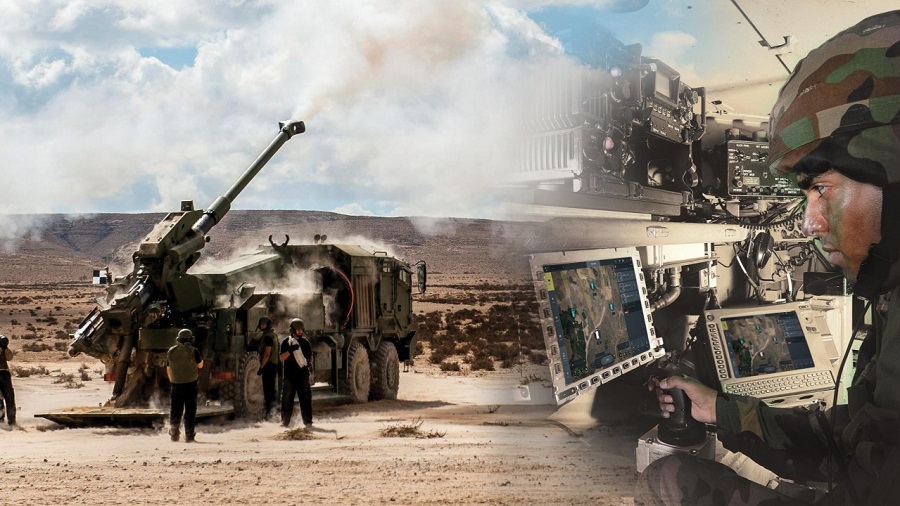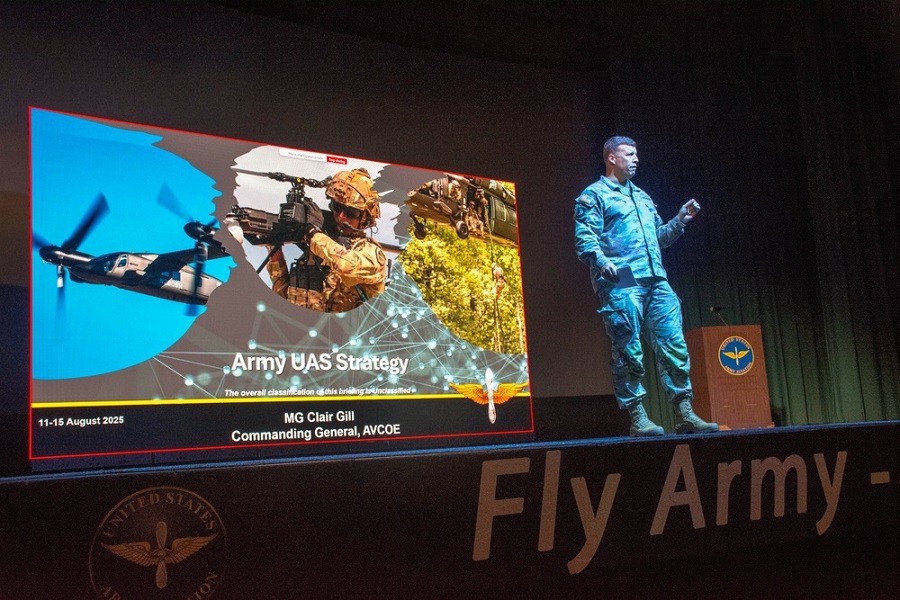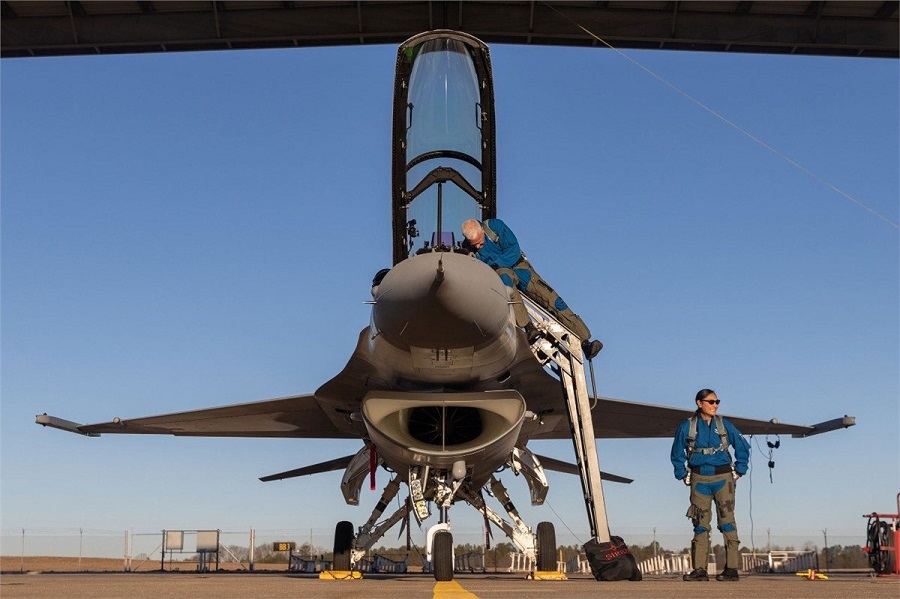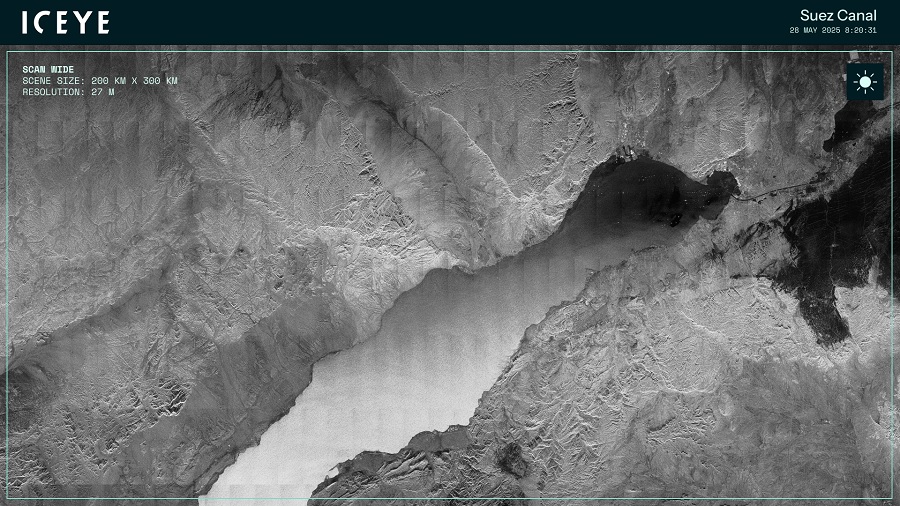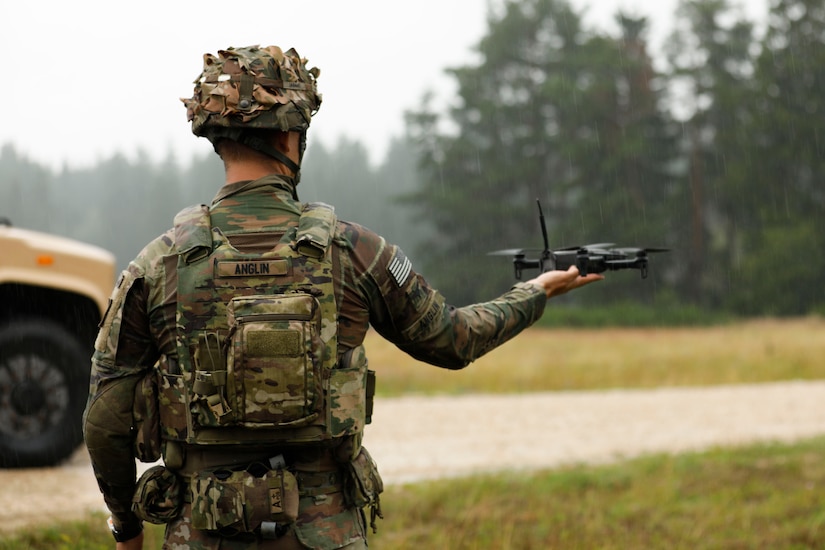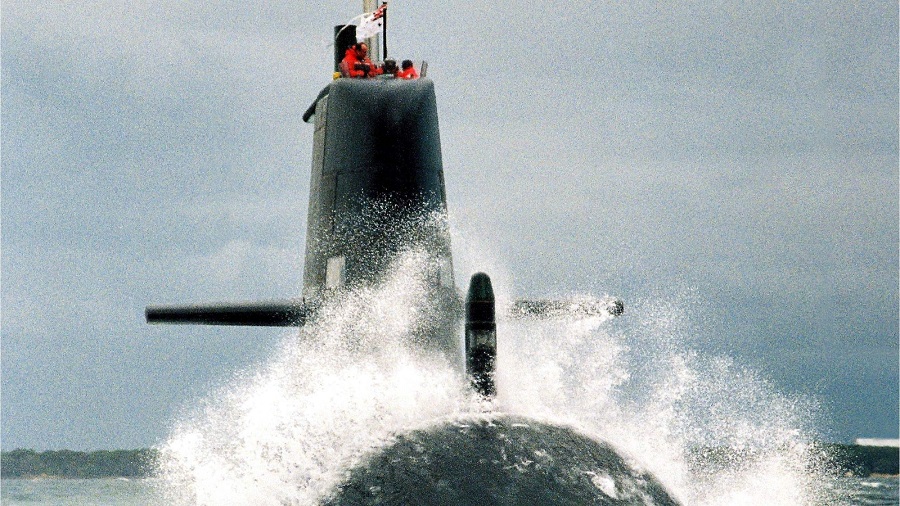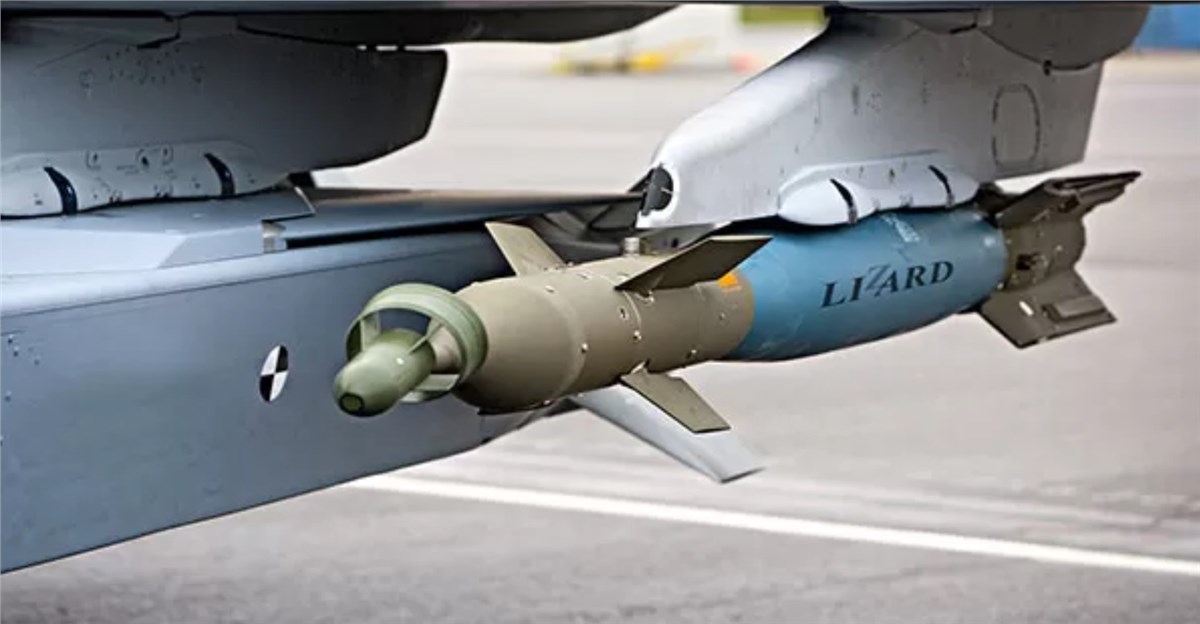Available in three trijet versions, V4 and V6 (Group 2) and V8 (Group 3), CobraJet features a 3D printed carbon fibre composite airframe inspired by fifth-generation Lockheed F-35B and F-22 jets, and the future sixth-generation F-47. The vertical take-off and landing aircraft uses thrust vectoring nozzles for agility and can carry air-to-air weapons in its internal bay or mounted underbelly, as well as air-to-surface munitions such as smart glide bombs.
Powered by electric duct fan motors and Amprius solid-state batteries, CobraJet incorporates an Auterion AI-enabled autopilot, NVIDIA compute capabilities, and Teledyne FLIR NDAA-compliant cameras for autonomous day and night operations. It can be launched from mobile platforms including trucks, ships, or aircraft, providing operational flexibility.
SkyDefense’s VRAM (Visual Realtime Area Monitoring) Command System integrates AI-powered data analysis with a human-in-the-loop control interface, enabling operations in contested electromagnetic environments. The system includes SmartVision visual navigation and anti-jam technology, and can connect with other Command-and-Control systems.
“Our USA-made CobraJets can communicate and coordinate as a flight team enabling them to operate as an AI-powered unmanned Air Force,” said Nick Verini, President of SkyDefense LLC. “This team approach increases the effectiveness of the squadron while also significantly reducing the costs of destroying a swarm of enemy drones.”
For law enforcement, homeland security, and US military applications, SkyDefense offers a mobile configuration with the command system housed in tactical or armoured battery-electric vehicles. Counter-UAS testing of CobraJet and VRAM is scheduled to take place at the Pendleton UAS Test Site later this year.



